Several years ago, Atlas V initiated an extraordinary project: to propose a virtual reality series about great filmmakers who would tell about their abandoned projects. Documentary anthology that dedicates above all the love of the big screen, MISSING PICTURES had to juggle between the ambition of a necessarily international project and a pandemic that did not facilitate anything. We met with the director and producer duo who have been in charge of operations for over 3 years, on the occasion of the world premiere of the last episodes at Tribeca 2022.
Tribeca Immersive 2022
Oriane Hurard (producer) – It’s a great opportunity to include MISSING PICTURES in an event like Tribeca, which celebrates the love of independent cinema! What’s more, a good part of the Atlas V team is also from the film industry. It was ideal to present the 5 episodes in the most cinephile setting possible. And we wish to continue to present the series thereafter in institutions or museums related to the cinema, to consider retrospectives around the filmmakers… MISSING PICTURES wants to be a form of archive for the history of the contemporary world cinema, it is a little our love letter to the cinema.
Clement Deneux (director) – We presented episode 2 (THE SEVEN STORY BUILDING) during the 2021 edition, so it’s a real pleasure to come back to New-York to celebrate the end of the production of the project and to propose the 5 episodes in the heart of the festival, with a dedicated installation.
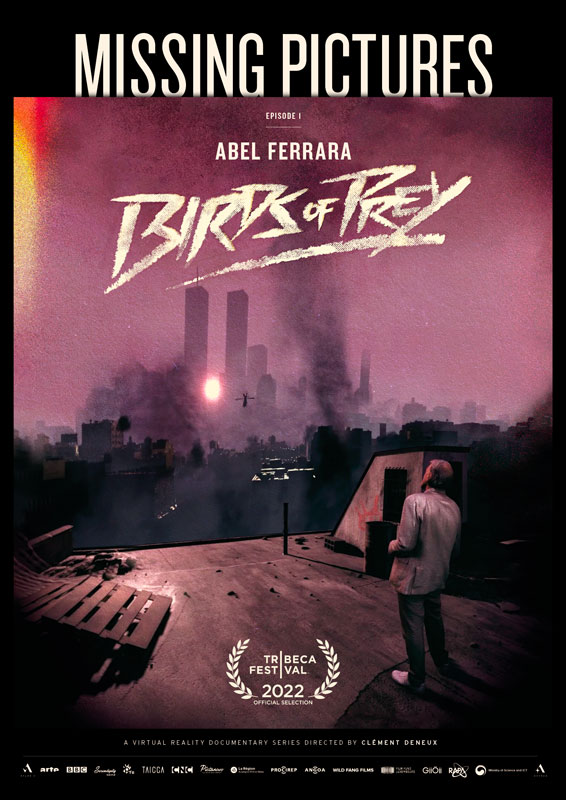
C. D. – The online release of the 5 episodes should take place in the fall (published by ARTE France, editor’s note), we are still putting the final touches to the project before the presentation at Tribeca. I don’t have much perspective on this whole adventure, which was marked by Covid-19 and a complex international co-production that we had to manage with health imperatives – and the support of our partners in South Korea, the United Kingdom, Luxembourg or even in France between 2 Zooms. It’s a creative marathon that will soon come to an end!
Missing Pictures 1: Birds of Prey (Abel Ferrara)
Missing Pictures 2: The Seven Story Building (Tsai Ming-Liang)
Missing Pictures 3: The Monkey Wrench Gang (Catherine Hardwicke)
Missing Pictures 4: Father is Gone (Lee Myung-se)
Missing Pictures 5: Oh Debu (Naomi Kawase)
MISSING PICTURES, an emblematic project of an international co-production
O. H. – 5 episodes, a budget of 1.7 million, 5 countries, 4 co-producers… MISSING PICTURES was a real production challenge, both logistically and financially. It’s a job that is often overlooked, but which was particularly important here. We had to coordinate the creation of 5 episodes with dedicated co-producers and studios for each of them. Atlas V was responsible for the editorial, technical and financial coordination of all the production companies (Serendipity Films, Wild Fang Films, Giioii) and the financial partners involved at the international level. Everything accelerated in the last 8 months when we finalized the last 3 episodes in parallel, with several creative studios.
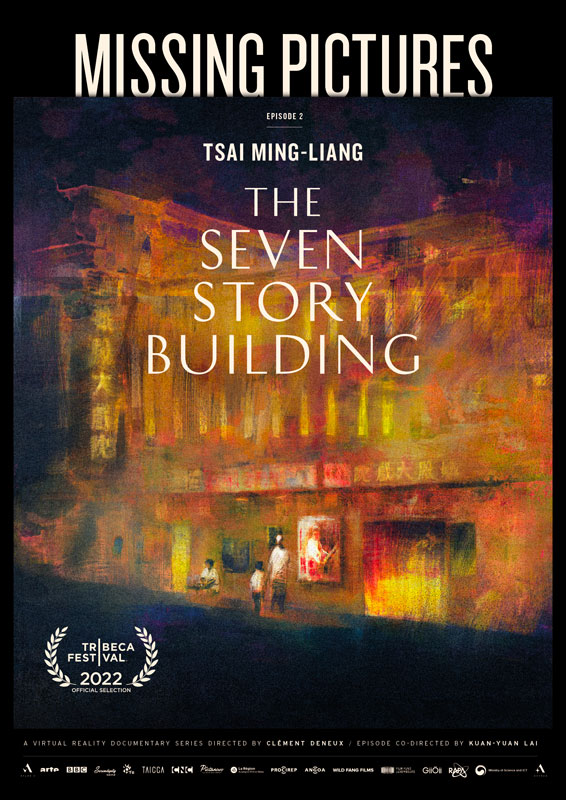
O. H. – The principle of co-production was essential to ensure such an investment in the project. Shooting the directors’ interviews in volumetric capture, integrating it into a Quest-type standalone headset, all with real-time animation… All this is expensive, and we also needed international partners to cast and collaborate with the five directors who were the central characters. This opportunity brought its share of constraints to meet the criteria of each country and each fund, from the localization of expenses to the localization in several languages, etc.. But it also allowed us to reach a larger audience, with local relays, and to experiment with multicultural approaches that enriched the whole project.
To read again: “We want to explore our creative universes to the maximum, on many supports” – Antoine Cayrol (Atlas V)
5 episodes, 5 talents (in the world)
C. D. – Making a series, with different filmmakers, each time in a different studio, despite identical shooting techniques, means imagining a prototype each time. The filmmakers had different curiosities about virtual reality, about filming in volcap, and I had to adapt to that to imagine each story. However, each time, we find the same principles of staging, the same technologies.
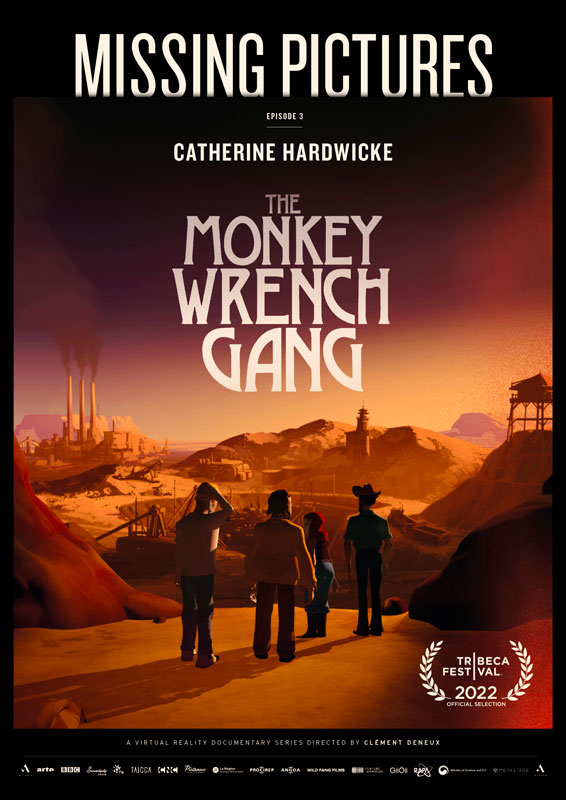
O. H. – The casting phase was long, for several reasons. The presence of Arte France and the BBC from the beginning helped us to initiate the first discussions, but it is the co-production in the global sense of the term that allowed us to get out of an overly Western prism and to address a global panorama, more diverse and equal. On 5 episodes, we have 2 women directors – where statistically women directors are still too few. In addition, we had to find creators with a certain experience who had forgotten projects in their drawer that were unlikely to be realized. It didn’t make sense to look for young filmmakers who had only made one or two films. Finally, talking about a failure is not so obvious for many authors, in an industry still too focused on success and performances.
Making a series in VR
O. H. – At Atlas V, we are starting to master real-time animation storytelling, and a project like MISSING PICTURES, with 5 parts, has allowed us to test many things. Some steps are identical to pre-calculated animation: character design, concept art, etc. Then we started to move towards video games when we started to use game engines like Unreal or Unity (both were used on MP)…
C. D. – … with all the complexity of shooting in volumetric capture, which is totally opposed to the capacities of standalone headsets! Here too we learned a lot during the shooting to find solutions and visual tricks while keeping our artistic ambition.
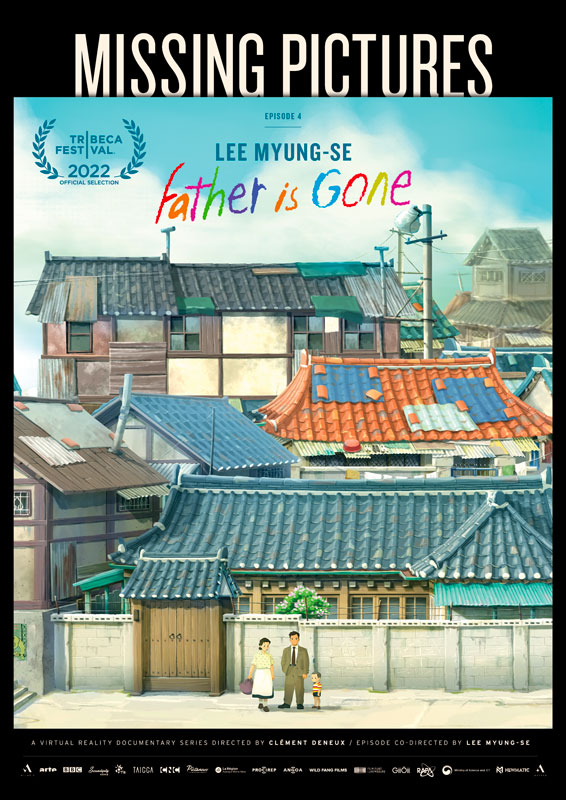
O. H. – In 3 years, the VR industry has strongly evolved but for what concerns the manufacturing, we remain in a permanent technological challenge. MISSING PICTURES, like ON THE MORNING YOU WAKE, are two long term projects that have had to adapt to the evolution of the sector, especially to the arrival of new headsets.
Collective and collaborative manufacturing
C. D. – Once the filmmakers were chosen, I went back to the filmographies of each one. In Asia, we quickly realized that we would have to partner with local talent to better understand the cultural differences. Thus, episode 2 devoted to Tsai Ming-Liang was co-directed by a French-speaking Taiwanese director, Kuan-Yuan Lai ), while episode 4 was the object of a particularly close collaboration with Lee Myung-Se who co-signed the episode of which it is the subject.
O. H. – These collaborations were all the more useful since Covid-19 prevented us from going to two shoots, in Taiwan (Tsai Ming-Liang) and Japan (Naomi Kawase). Clément literally shot via Zoom, from his home in Le Havre! On the other hand, when we were able to travel to Los Angeles (episode 3) or South Korea (episode 4), we were very efficient during the shootings and on our collaboration with the studios.
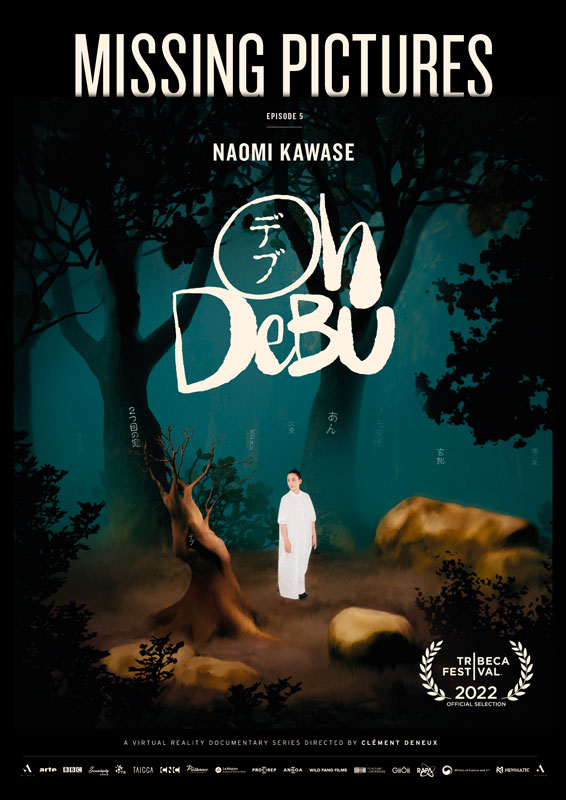
C. D. – For each episode, I wrote a first script based on interviews with each filmmaker. Then, I put this script into images with “scene-boards”, a kind of improved story-board where we can see the place of the spectator, the 360 environment. This is the starting point for the animatics, setting up the volumetric capture, then working with the 3D artists and animators. On some episodes, I integrated pre-existing elements into the VR, such as a film clip in episode 2 (THE SEVEN STORY BUILDING) or extracts from the location scouting in episode 3 (THE MONKEY WRENCH GANG). This episode is a good illustration of the concept of the whole of Missing Pictures by the way, because Catherine Hardwicke went quite far in the preparation work before the project was abandoned, so we had a lot of material to work with.
O. H. – Clement is a graphic designer by training and this greatly nourished the project. He was able to explain to the teams his ideas for the staging through drawings, and to put the scenarios into images as early as the pre-production stage. With 7 countries involved in the making of the episodes, this was essential! He also designed the posters for each episode, imagined the logo, chose the typography… All this gives body to the series as a whole.

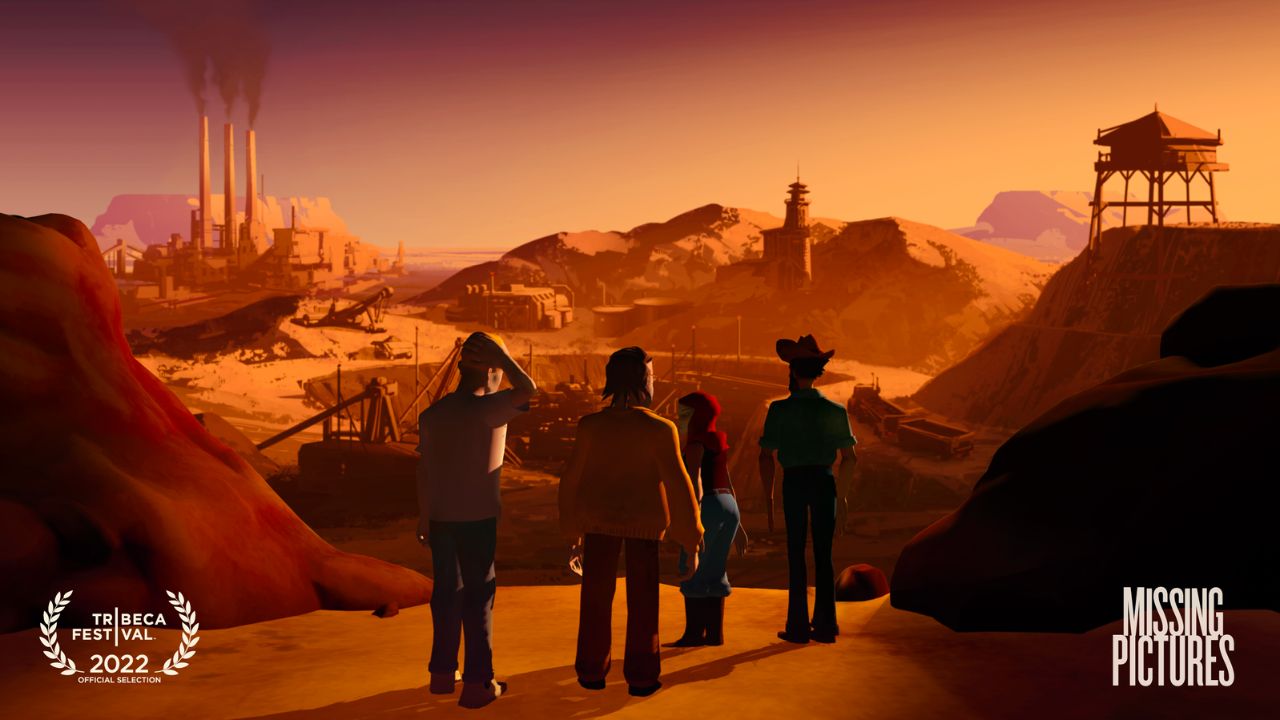

Leave a Reply
You must be logged in to post a comment.